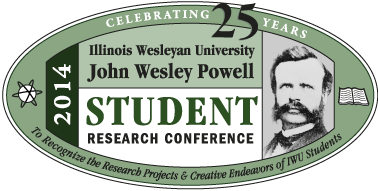Reading Without Understanding: Literacy in the Secondary History Classroom
Submission Type
Event
Expected Graduation Date
2014
Location
Ames Library, Illinois Wesleyan University
Start Date
4-11-2014 4:00 PM
End Date
4-11-2014 5:00 PM
Disciplines
Education
Abstract
In high schools today, students are struggling with literacy despite its increased importance. Although performance on various standardized tests indicates the prevalence of this issue, many teachers are uncertain about how to address it. Teachers who incorporate various literacy strategies, both general and disciplinary, assist students in developing these crucial literacy skills. In this qualitative self study of student teaching, I explored the use of different literacy techniques in a high school history classroom. I incorporated active reading strategies, graphic organizers, political cartoons, and disciplinary literacy. Based upon my observations and student work samples, my preliminary findings indicate that different methods appeal to different students. As a result, including various strategies in the history classroom may be important to helping improve literacy levels in a diverse classroom of learners.
Reading Without Understanding: Literacy in the Secondary History Classroom
Ames Library, Illinois Wesleyan University
In high schools today, students are struggling with literacy despite its increased importance. Although performance on various standardized tests indicates the prevalence of this issue, many teachers are uncertain about how to address it. Teachers who incorporate various literacy strategies, both general and disciplinary, assist students in developing these crucial literacy skills. In this qualitative self study of student teaching, I explored the use of different literacy techniques in a high school history classroom. I incorporated active reading strategies, graphic organizers, political cartoons, and disciplinary literacy. Based upon my observations and student work samples, my preliminary findings indicate that different methods appeal to different students. As a result, including various strategies in the history classroom may be important to helping improve literacy levels in a diverse classroom of learners.


